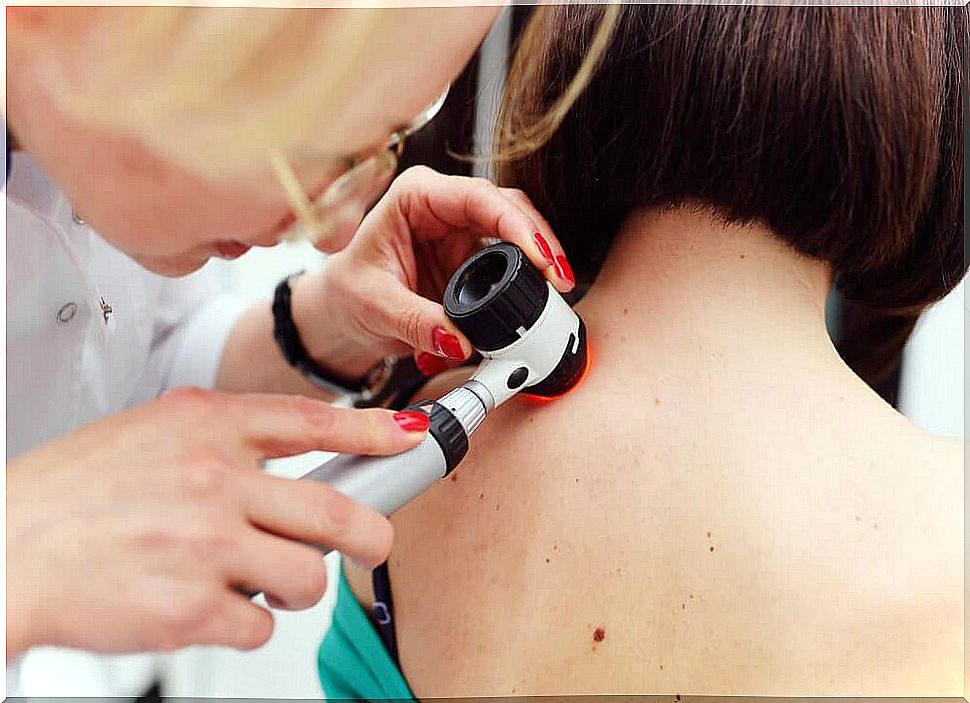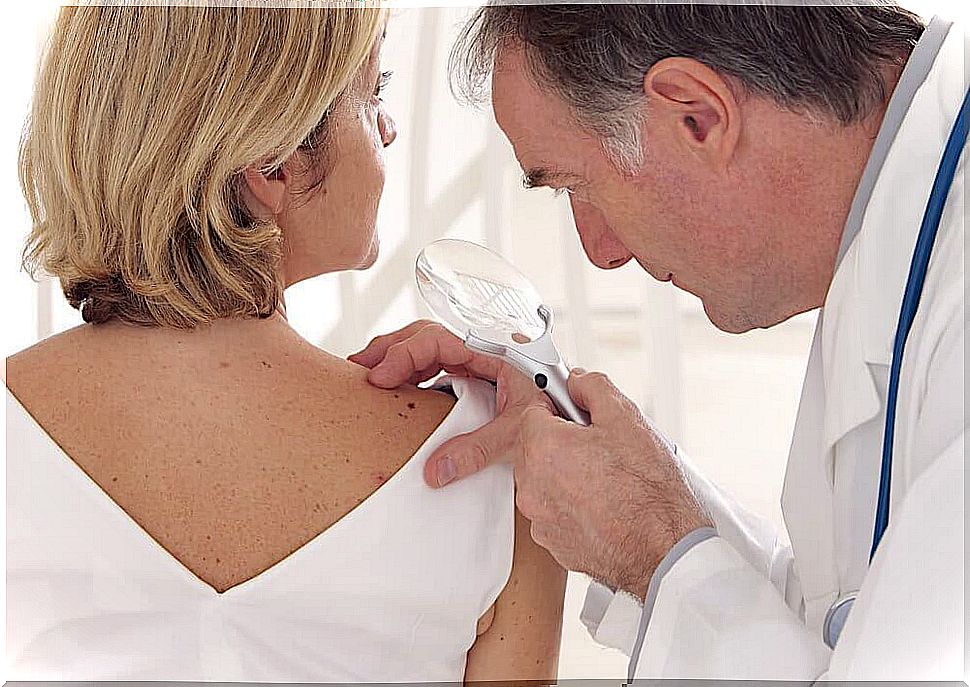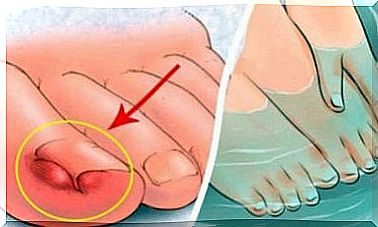Is Melanoma The Only Skin Cancer?
Although melanoma is the most well-known cancer, we should not overlook other types of skin cancer which can also put our health at risk.

Summer reminds us of the importance of the risks caused by excessive exposure to sunlight. This is why many advertising campaigns warn of the danger associated with melanoma.
However, is melanoma the only type of skin cancer? The sun provides great health benefits. Our body needs solar radiation to synthesize vitamin D and absorb calcium.
This is because the deficiency of these nutrients can cause poor bone formation or diseases such as osteoporosis.
The problem is irresponsible exposure to sunlight. These prolonged exposures represent a real aggression for the organism. The problems start with sunburn, followed by inflammation and burns.
However, the most alarming danger is the carcinogenic effect of ultraviolet radiation.
Many people are already familiar with the risks associated with melanoma. However, melanoma is not the only serious type of skin cancer. For this reason, it is important to also know about other cases of skin cancer so that you know how to prevent them.
Getting to know our skin better

The skin is the most extensive organ in the human body. Its main function is to protect the body against external aggressions.
These threats include microorganisms, temperature fluctuations and sunlight.
- The skin is made up of different layers or tissues. The most superficial and visible part is called the epidermis. Below the epidermis is the dermis and then the subcutaneous tissue (the deepest part).
- Each tissue is made up of different types of cells, in addition to glands and blood vessels. The epidermis is therefore made up of squamous cells, basal cells and melanocytes.
What is skin cancer?
There are different types of skin cancer. Depending on where they grow, they have specific names, as well as characteristic symptoms and treatments.
Medicine divides the types of skin cancer into 2 broad groups.
- In the first group are “non-melanoma” type cancers
- In the second are melanoma-type cancers
Both of these types of skin cancer affect cells in the epidermis.
Types of non-melanoma cancer

Cancers of this type occur when the carcinogenic process develops in the squamous cells or in the basal cells of the epidermis. Most cases of skin cancer are not associated with melanoma.
There are two types of non-melanoma cancer: basal cell carcinoma (BCC) and cutaneous squamous cell carcinoma (CE).
Basal cell carcinoma (BCC)
- It is the most common type of skin cancer in the world.
- It affects the basal cells which are found in the deepest layer of the epidermis.
- It develops on the parts of the body most exposed to the sun (face, ears, shoulders, neck).
Squamous cell carcinoma (CE)
- It is the second most common type of skin cancer.
- It affects the squamous cells of the outermost layer of the epidermis.
- It is more common in men and grows mainly in areas most exposed to the sun.
These two nonmelanoma carcinomas présenten t a low risk to cause metastases and a low index of mortality. They generally respond well to treatment and are easy to diagnose.
Melanoma
Melanoma is the most aggressive type of skin cancer. Initially, it affects the most superficial melanocytes of the epidermis, although later the lesions become deeper and denser.
In addition, a melanoma also increases the risk of causing metastasis to other organs.
Early diagnosis of melanoma is essential to increase the chances of a cure.
In its first phase, there are 90% possibilities to undergo surgical removal and cure the tumor.
Causes and ways to prevent melanoma

The main cause of all types of skin cancer is excessive exposure to ultraviolet (UV) rays. The sun is our main source of UVA and UVB rays.
However, lamps and tanning booths also emit these rays.
The best forms of prevention include using sunscreen and avoiding sunbathing outside of recommended hours (between 11 a.m. and 4 p.m.).
In addition, specialists highlight other risk factors such as:
- Exposure to chemicals such as arsenic, industrial tar and paraffin.
- Excessive exposure to radiation, such as that used in radiation therapy.
- Ultraviolet ray and psoriasis treatments.
- Xeroderma pigmentosum or Kaposi’s disease, a genetic pathology that reduces the skin’s ability to recover.
- Basal cell nevus syndrome or Gorlin syndrome, a congenital disease that causes multiple malignant tumors of the basal cells of the epidermis.
Establishing healthy lifestyle habits is essential to maintain balance in the body. During the summer, we must not forget that taking care of the skin strengthens our defenses.
Prevention and early detection are fundamental in the fight against cancer. This is why faced with any symptom that seems abnormal, it is better to consult a specialist so that he can evaluate it. Detecting cancer in time is one of the most effective weapons in the fight against it.









